#rogue planets
Text
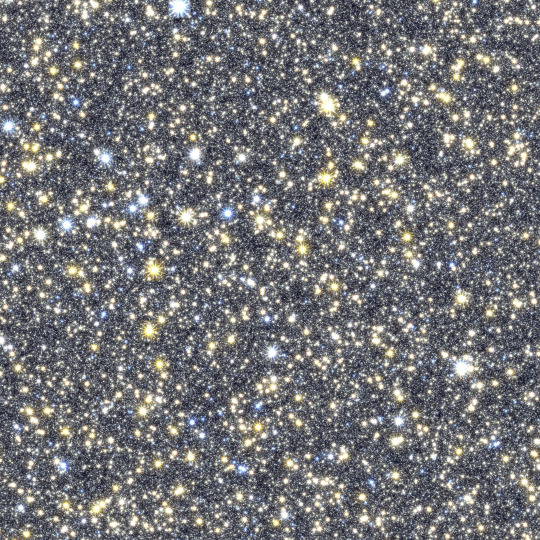
A simulated image of NASA’s Nancy Grace Roman Space Telescope’s future observations toward the center of our galaxy, spanning less than 1 percent of the total area of Roman’s Galactic Bulge Time-Domain Survey. The simulated stars were drawn from the Besançon Galactic Model.
Exploring the Changing Universe with the Roman Space Telescope
The view from your backyard might paint the universe as an unchanging realm, where only twinkling stars and nearby objects, like satellites and meteors, stray from the apparent constancy. But stargazing through NASA’s upcoming Nancy Grace Roman Space Telescope will offer a front row seat to a dazzling display of cosmic fireworks sparkling across the sky.
Roman will view extremely faint infrared light, which has longer wavelengths than our eyes can see. Two of the mission’s core observing programs will monitor specific patches of the sky. Stitching the results together like stop-motion animation will create movies that reveal changing objects and fleeting events that would otherwise be hidden from our view.
youtube
Watch this video to learn about time-domain astronomy and how time will be a key element in NASA’s Nancy Grace Roman Space Telescope’s galactic bulge survey. Credit: NASA’s Goddard Space Flight Center
This type of science, called time-domain astronomy, is difficult for telescopes that have smaller views of space. Roman’s large field of view will help us see huge swaths of the universe. Instead of always looking at specific things and events astronomers have already identified, Roman will be able to repeatedly observe large areas of the sky to catch phenomena scientists can't predict. Then astronomers can find things no one knew were there!
One of Roman’s main surveys, the Galactic Bulge Time-Domain Survey, will monitor hundreds of millions of stars toward the center of our Milky Way galaxy. Astronomers will see many of the stars appear to flash or flicker over time.
youtube
This animation illustrates the concept of gravitational microlensing. When one star in the sky appears to pass nearly in front of another, the light rays of the background source star are bent due to the warped space-time around the foreground star. The closer star is then a virtual magnifying glass, amplifying the brightness of the background source star, so we refer to the foreground star as the lens star. If the lens star harbors a planetary system, then those planets can also act as lenses, each one producing a short change in the brightness of the source. Thus, we discover the presence of each exoplanet, and measure its mass and how far it is from its star. Credit: NASA's Goddard Space Flight Center Conceptual Image Lab
That can happen when something like a star or planet moves in front of a background star from our point of view. Because anything with mass warps the fabric of space-time, light from the distant star bends around the nearer object as it passes by. That makes the nearer object act as a natural magnifying glass, creating a temporary spike in the brightness of the background star’s light. That signal lets astronomers know there’s an intervening object, even if they can’t see it directly.
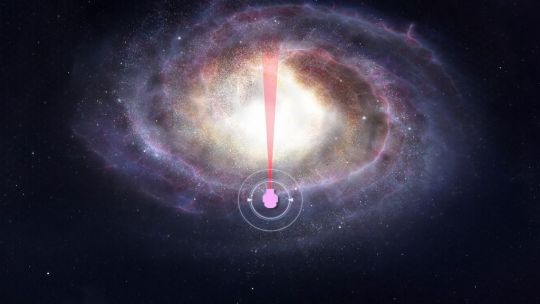
This artist’s concept shows the region of the Milky Way NASA’s Nancy Grace Roman Space Telescope’s Galactic Bulge Time-Domain Survey will cover – relatively uncharted territory when it comes to planet-finding. That’s important because the way planets form and evolve may be different depending on where in the galaxy they’re located. Our solar system is situated near the outskirts of the Milky Way, about halfway out on one of the galaxy’s spiral arms. A recent Kepler Space Telescope study showed that stars on the fringes of the Milky Way possess fewer of the most common planet types that have been detected so far. Roman will search in the opposite direction, toward the center of the galaxy, and could find differences in that galactic neighborhood, too.
Using this method, called microlensing, Roman will likely set a new record for the farthest-known exoplanet. That would offer a glimpse of a different galactic neighborhood that could be home to worlds quite unlike the more than 5,500 that are currently known. Roman’s microlensing observations will also find starless planets, black holes, neutron stars, and more!
youtube
This animation shows a planet crossing in front of, or transiting, its host star and the corresponding light curve astronomers would see. Using this technique, scientists anticipate NASA’s Nancy Grace Roman Space Telescope could find 100,000 new worlds. Credit: NASA’s Goddard Space Flight Center/Chris Smith (USRA/GESTAR)
Stars Roman sees may also appear to flicker when a planet crosses in front of, or transits, its host star as it orbits. Roman could find 100,000 planets this way! Small icy objects that haunt the outskirts of our own solar system, known as Kuiper belt objects, may occasionally pass in front of faraway stars Roman sees, too. Astronomers will be able to see how much water the Kuiper belt objects have because the ice absorbs specific wavelengths of infrared light, providing a “fingerprint” of its presence. This will give us a window into our solar system’s early days.
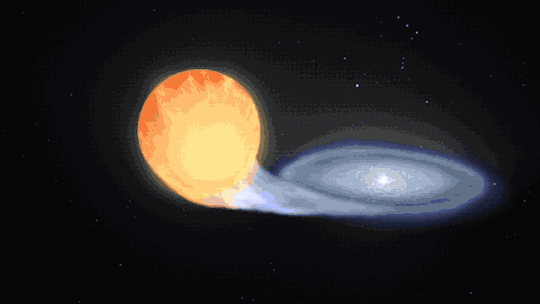
This animation visualizes a type Ia supernova.
Roman’s High Latitude Time-Domain Survey will look beyond our galaxy to hunt for type Ia supernovas. These exploding stars originate from some binary star systems that contain at least one white dwarf – the small, hot core remnant of a Sun-like star. In some cases, the dwarf may siphon material from its companion. This triggers a runaway reaction that ultimately detonates the thief once it reaches a specific point where it has gained so much mass that it becomes unstable.
youtube
NASA’s upcoming Nancy Grace Roman Space Telescope will see thousands of exploding stars called supernovae across vast stretches of time and space. Using these observations, astronomers aim to shine a light on several cosmic mysteries, providing a window onto the universe’s distant past. Credit: NASA’s Goddard Space Flight Center
Since these rare explosions each peak at a similar, known intrinsic brightness, astronomers can use them to determine how far away they are by simply measuring how bright they appear. Astronomers will use Roman to study the light of these supernovas to find out how quickly they appear to be moving away from us.
By comparing how fast they’re receding at different distances, scientists can trace cosmic expansion over time. This will help us understand whether and how dark energy – the unexplained pressure thought to speed up the universe’s expansion – has changed throughout the history of the universe.
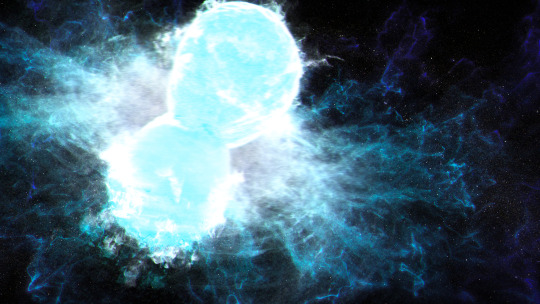
NASA’s Nancy Grace Roman Space Telescope will survey the same areas of the sky every few days. Researchers will mine this data to identify kilonovas – explosions that happen when two neutron stars or a neutron star and a black hole collide and merge. When these collisions happen, a fraction of the resulting debris is ejected as jets, which move near the speed of light. The remaining debris produces hot, glowing, neutron-rich clouds that forge heavy elements, like gold and platinum. Roman’s extensive data will help astronomers better identify how often these events occur, how much energy they give off, and how near or far they are.
And since this survey will repeatedly observe the same large vista of space, scientists will also see sporadic events like neutron stars colliding and stars being swept into black holes. Roman could even find new types of objects and events that astronomers have never seen before!
Learn more about the exciting science Roman will investigate on X and Facebook.
Make sure to follow us on Tumblr for your regular dose of space!
#NASA#astronomy#telescope#Roman Space Telescope#dark energy#galaxies#cosmology#astrophysics#stars#galaxy#space images#time#supernova#Nancy Grace Roman#black holes#neutron stars#kilonova#rogue planets#exoplanets#space#science#tech#technology#Youtube
2K notes
·
View notes
Text
Rogue Planets
Salaam loves! Check out a new poem series about love and space; 'Rogue Planets' on my website or insta.
Rogue Planets
or
instagram
My tag list is out of this world :
@jayrealgf @think-through-pen @unforgettable-sensations @jordynhaiku @sweetwarmcookies16 @grimfox @mk-ranz
#new poem series#Rogue Planets#Poems about love and space#check it out if you want#poetry#poem#writing#literature#poems#poems on tumblr#poet#poetic#poets on tumblr#love#love and space#Instagram
10 notes
·
View notes
Text
all the stars in the universe
yet rogue planets can’t call one home
drifting through the cold abyss
cruelly cursed to roam
0 notes
Text
Most of the planets in the Universe orbit a star. They are part of a system of planets, similar to our own solar system. But a few planets drift alone in the cosmos. For whatever reason, be it a near collision or slow gravitational perturbations that destabilize its orbit, these planets are cast out of their star system and sent adrift. These rogue planets are notoriously challenging to find, but as we start to discover them we’re finding they are a bit more common than we’d thought. Now a new study posits a reason why.
What they found was that while in single-star systems planets need to be closely spaced to create a rogue planet, in binary systems planets can be widely spaced and still generate rogues. The combination of gravitational tugs from both the stars and other planets is sufficient to destabilize the orbits of some planets. In general, the largest planet of the system remains stable and can destabilize the orbits of smaller planets. Based on their simulations, if the two stars have a circular orbit, then the presence of a Neptune-sized world is enough to generate rogue worlds. If the binary stars orbit each other in an elliptical orbit, then the presence of a super-Earth is enough to generate rogue planets.
0 notes
Text
Members of an ethical hacking group called Dragon Sector, including Sergiusz Bazański and Michał Kowalczyk, were called upon by a train repair shop, Serwis Pojazdów Szynowych (SPS), to analyze train software in June 2022. SPS was desperate to figure out what was causing "mysterious failures" that shut down several vehicles owned by Polish train operator the Lower Silesian Railway, Polish infrastructure trade publication Rynek Kolejowy reported. At that point, the shortage of trains had already become "a serious problem" for carriers and passengers, as fewer available cars meant shorter trains and reduced rider capacity, Rynek Kolejowy reported.
Dragon Sector spent two months analyzing the software, finding that "the manufacturer's interference" led to "forced failures and to the fact that the trains did not start," and concluding that bricking the trains "was a deliberate action on Newag's part."
According to Dragon Sector, Newag entered code into the control systems of Impuls trains to stop them from operating if a GPS tracker indicated that the train was parked for several days at an independent repair shop.
The trains "were given the logic that they would not move if they were parked in a specific location in Poland, and these locations were the service hall of SPS and the halls of other similar companies in the industry," Dragon Sector's team alleged. "Even one of the SPS halls, which was still under construction, was included."
The code also allegedly bricked the train if "certain components had been replaced without a manufacturer-approved serial number," 404 Media reported. [...]
404 Media noted that Newag appeared to be following a common playbook in the right-to-repair world where manufacturers intimidate competitor repair shops with threatened lawsuits and unsubstantiated claims about safety risks of third-party repairs. So far, Dragon Sector does not appear intimidated, posting its success on YouTube and discussing its findings at Poland’s Oh My H@ck conference in Warsaw.
211 notes
·
View notes
Text
"ART had an alternate, more drastic plan that included giving me sex-related parts, and I told it that was absolutely not an option." (Artificial Condition, pg. 50)
do you think ART did its crew members' bottom surgery
#the murderbot diaries#tmbd#perihelion#asshole research transport#this occurred to me this morning and i had to fight not to laugh and disturb my sleeping roommate#ART... ally of all time... it will do your surgeries and dispense your HRT#all for the low low price of Never Leave It Or It Will Blow Up A Planet#murderbot#IF YOU SEE A VERSION OF THIS INCORRECTLY CITING ROGUE PROTOCOL. SORRY#I FIXED IT
111 notes
·
View notes
Text
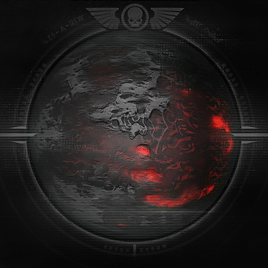
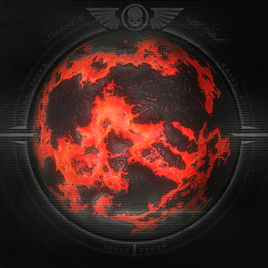





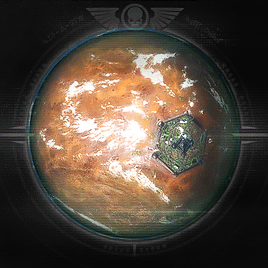

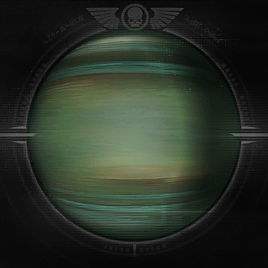
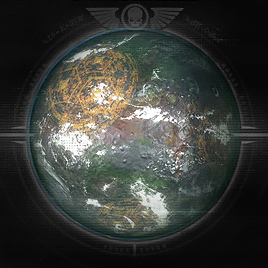
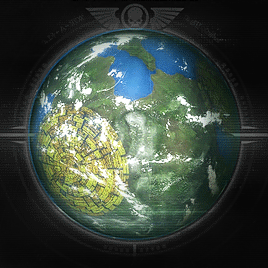


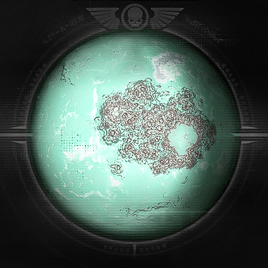






Warhammer 40,000: Rogue Trader - PLANETS OF THE KORONUS EXPANSE
#warhammer 40k#wh40k#rogue trader#scenery#me every time i come across a mining planet: that is TOO MUCH MINING#THAT USED TO BE A SPHERE#mine*gifs#mine*rtgifs#userfray
103 notes
·
View notes
Photo

Creature inspired by rogue planets
Wandering in space, without any light or companion nearby
795 notes
·
View notes
Text
#starwars#star wars#original trilogy#prequel trilogy#alderaan#yavin 4#return of the jedi#ewoks#coruscant#kashyyyk#naboo#tatooine#dagobah#mustafar#revenge of the sith#darth maul#rogue one#planets#space#star wars prequels#sw meta#sw prequels#fantasy#sci fi#scifi#sci fi and fantasy#science fiction#galaxy#attack of the clones#phantom menace
97 notes
·
View notes
Text
the part of the Rogue Planet book where Obi-Wan tells of preteen Anakin repairing a droid, dressing it in Jedi robes and sticking it in the corridor outside his door which he then ended up talking to it for what? like 5 minutes before he realized it was a fucking droid is sending me😭
#star wars#obikin#obi wan kenobi#anakin skywalker#obi wan#obiwan#obi wan imagine#anakin skywalker imagine#rogue planet#piqt posts
139 notes
·
View notes
Text
S.P

10 notes
·
View notes
Text

time for scarebat brainrot coz I reread fear state this week
[🏳️⚧️like my art? consider donating to my gofundme so I can get top surgery before my health gets too bad and I can’t: link]
(Image description in alt text)
#I’m of the belief that Batman and his rogues are just a massive toxic polycule and no one can convince me otherwise#like that massive polycule in like Portland I think y’all hear about that?#proud to be one of the five scarebat shippers on the planet#what if we both used fear and dressed as our fear and we kissed#artists on tumblr#queer artist#digital art#trans artist#batman#jonathan crane#dr jonathan crane#scarebat#fear state scarecrow#batcrow
255 notes
·
View notes
Text
“Anakin suddenly jumped out of his chair and hugged his master with a fierceness that took Obi-Wan by surprise. Obi-Wan held the boy gently, and let the moment flow into its own shape. Some padawans were as simple as quiet pools. Only in training did they aquire the depth and complexity that showed maturity. Anakin had been a deep and complex mystery from the first day they had met. And yet, Obi-Wan had never felt such a strength of connection with any other being – not even Qui-Gon Jinn.”
- Greg Bear, Star Wars: Rogue Planet
#Star Wars#Obi wan kenobi#anakin skywalker#anakin & Obi wan#rogue planet#Star Wars: rogue planet#sw novels#sw books#Star Wars novels#Star Wars books
87 notes
·
View notes
Text
People who were obsessed with this cartoon in childhood, are you obsessed with WH40k and, especially, Rogue Trader now?

49 notes
·
View notes
Text
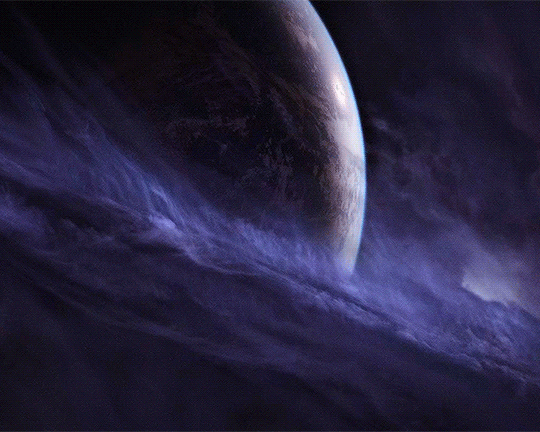

ROGUE ONE LOCATIONS (3/?)
Wobani
#rogue one#rogueoneedit#*r1l#*mine#*gifs#celebraterogueone#swsource#swcreations#starwarsblr#this was on my drafts for months and I forgot oops#next on: yavin#girls who hate this place (me)#but I will gif all the planets so here we are#*ro
147 notes
·
View notes